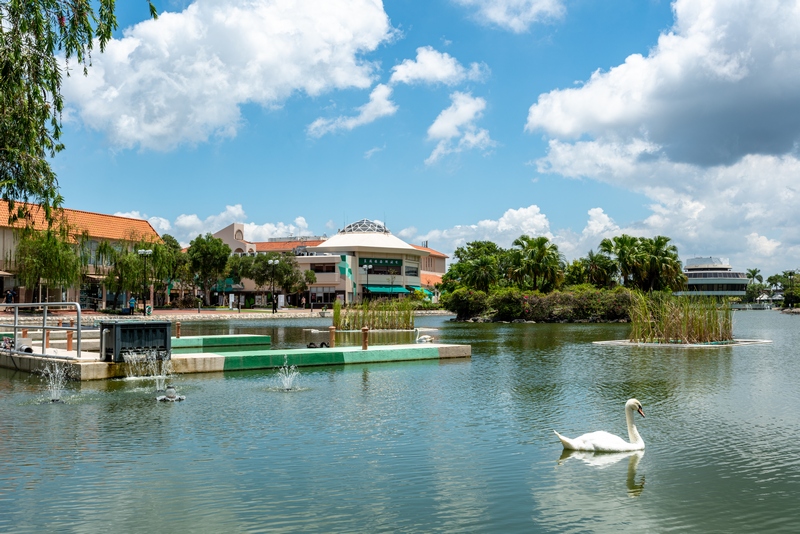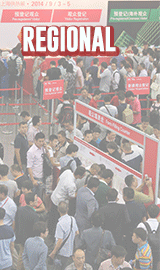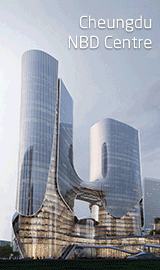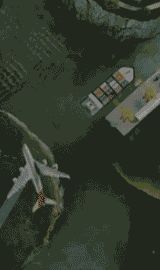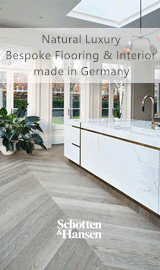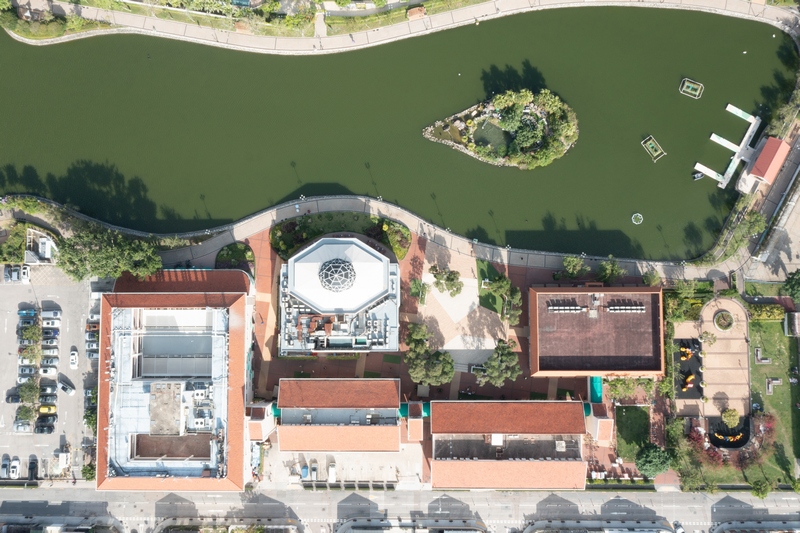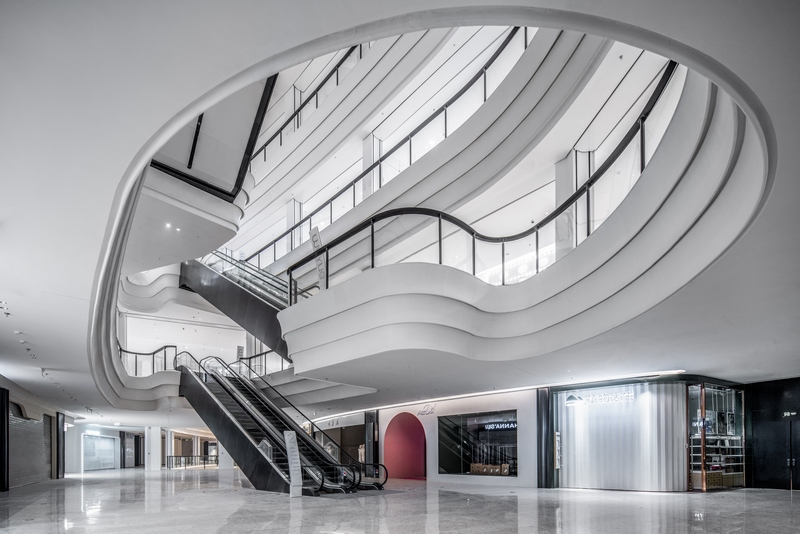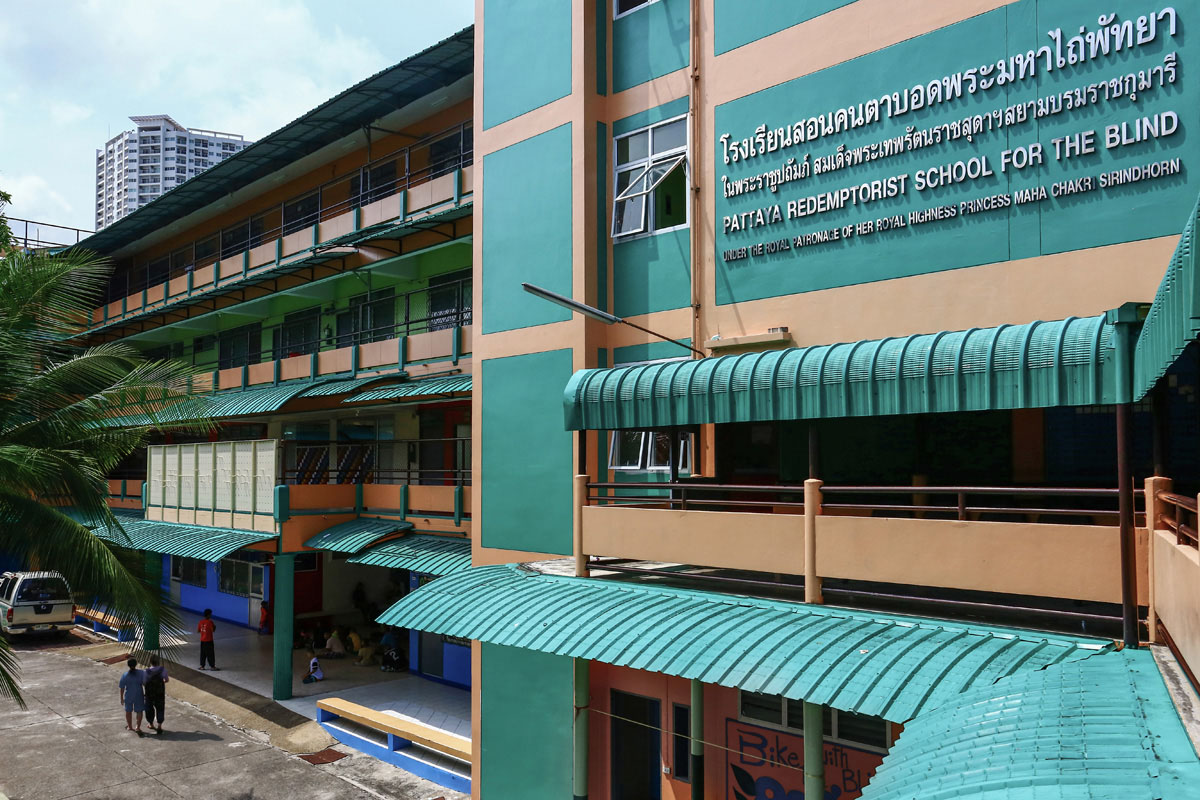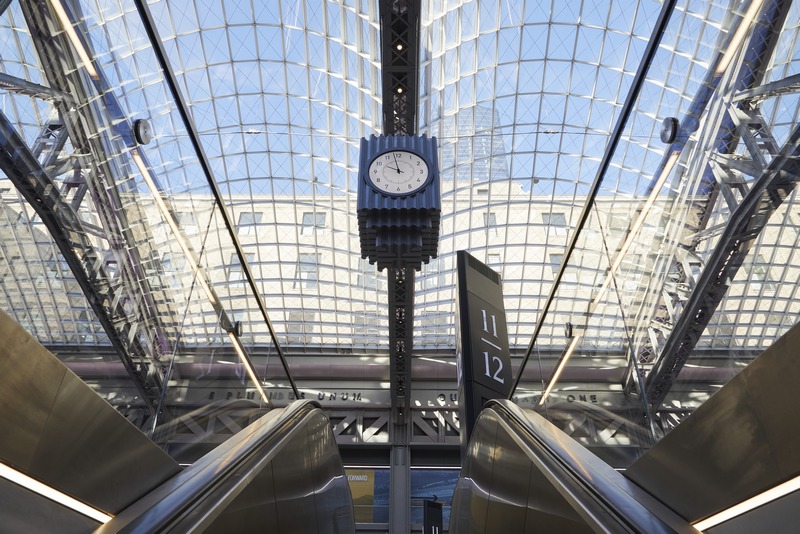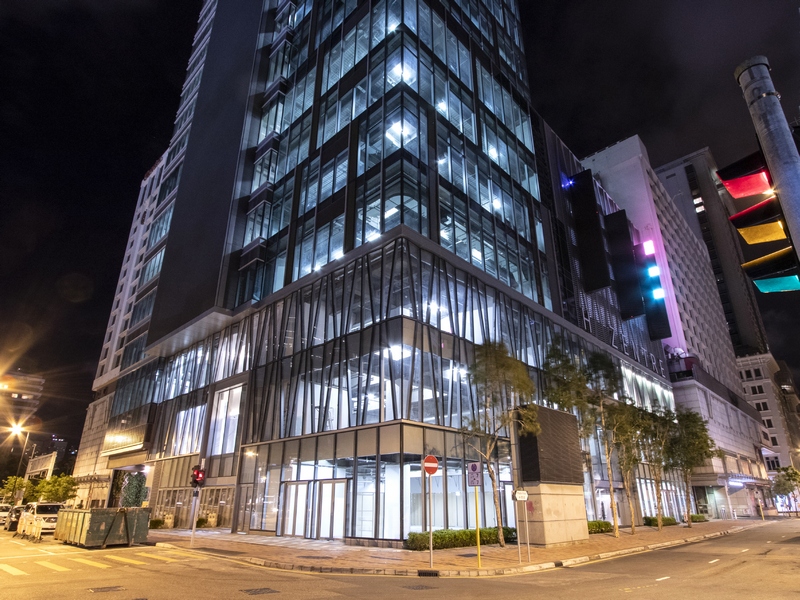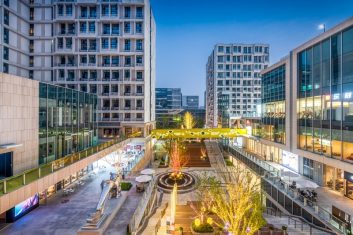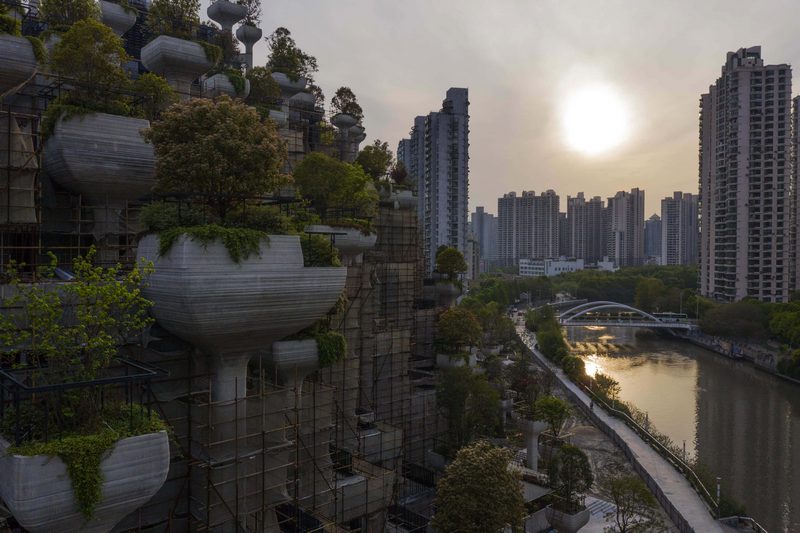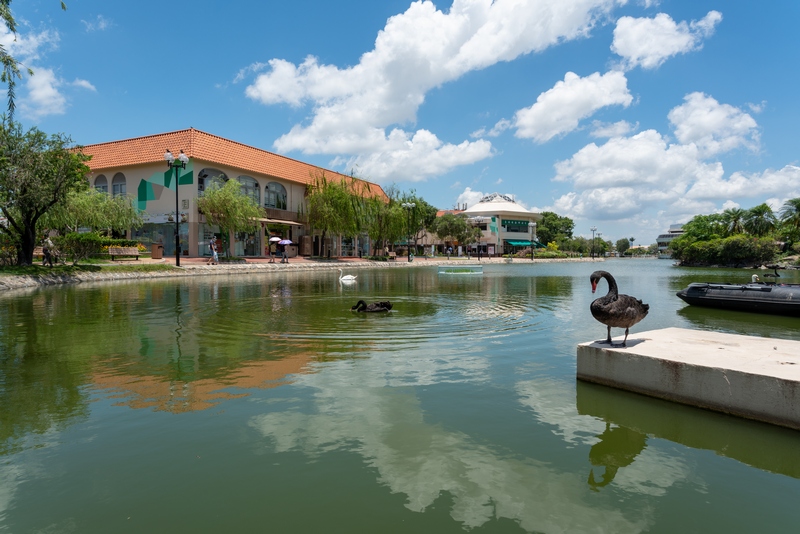
The retail industry has been hard hit by the Covid-19 pandemic, but the Town Centre at Fairview Park – Hong Kong’s largest low density residential estate – has brought new life to its community, by featuring a green and natural theme to reflect the project’s unique open-air design.
(按此瀏覽中文版)

Fairview Park Town Centre
The shopping mall underwent its first major renovation since the pioneering development was completed in the 1980s. And the timing couldn’t be better. What better place to shop in these strange times than in a centre designed to provide a unique open air shopping experience to the customers.
Fairview Park is situated at the northwest end of New Territories of Hong Kong, next to the famous Mai Po Wetland. At a distance from the city’s sprawling and densely populated urban district, it is special for its tranquil environment.
With a population of over 15,000 and located close to the Mai Po Wetland Reserve, the Fairview Park development is popular with families and retirees who appreciate nature and open space. It also boasts one of the largest private artificial lakes in Hong Kong, now well-known for its black and white swans.
At its core is the Fairview Park Town Centre, a 100,000 square foot GFA integrated community shopping centre, developed and managed by Fairland Resources Ltd, and designed to serve the residents of 5,000 house units and customers from the surrounding area.
The Town Centre’s design is quite unique as an ‘open air’ shopping centre with many smaller blocks creating a ‘shopping village’ typology. But with no major renovation since the 1980’s it was becoming quite dated and stagnant, and needed a significant upgrade to re-attract customers and compete with new shopping malls opening nearby.
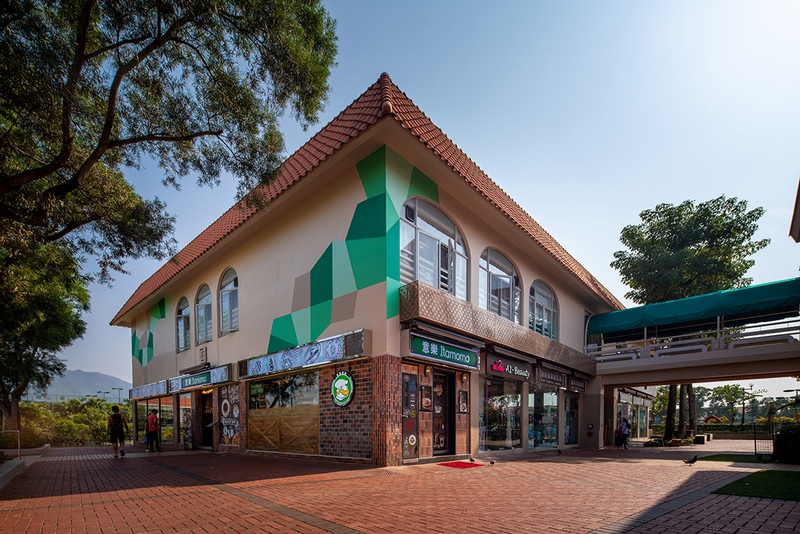
Rebranding with art and nature
Aside from the aims of increasing customer footfall and spending during weekdays, the upgrade was also designed to encourage residents to spend more leisure time in the Town Centre.
Step one involved repositioning the once uninviting shopfront entrances for one of the blocks, where the shopfronts originally faced a narrow interior hallway.
A bold move to remove the interior hallway was made, flipping the shopfront entrances to face the exterior. This has significantly increased tenants’ visibility and accessibility, bringing more energy to the premises.
The next move was to upgrade the overall exterior of the blocks, replacing blank walls with custom-designed green geometric patterns, designed to enhance visual interest and promote a feeling of freshness and variety.
The changes now reflect the beauty of the natural and outdoor setting. Concealing the parapet wall with bamboo planters was one way to create a natural green wall which further strengthens the green theme.
But perhaps one of the most significant visual changes was achieved through the hiring of two of Hong Kong’s prominent mural artists who were commissioned to create artworks reflecting the natural beauty of the area on two of the once stale and blank corner walls.
Each artwork has a unique style, but both reflect the natural and outdoor characteristics of Fairview Park, including the unique features of the lake. The murals have transformed the Town Centre and added visual interest to spaces which were previously home to a blank canvas. Footfall has increased and many people can be seen taking time out to photograph the artwork as well as enjoying the fresh air and relaxed open space.
Designing social space
Improvement of the social spaces was a significant factor in the upgraded design. And while creating space for gatherings was part of the original brief, the Town Centre’s original sunken plaza was hindered by multiple flag poles being placed right in the centre of the plaza. Removal of the flag poles and the repaving of the entire plaza has not only resulted in an increase in the flow of people to the space, but will allow for hosting more events.
The upgrade also addressed the lack of seating in the Town Centre, which was inconvenient for the elderly and those with children or large shopping bags.
The two-tone surface and use of artificial green turf has made the space much more inviting and has created much more visual interest, where people, young and old, can enjoy additional outdoor seating and children’s play areas.
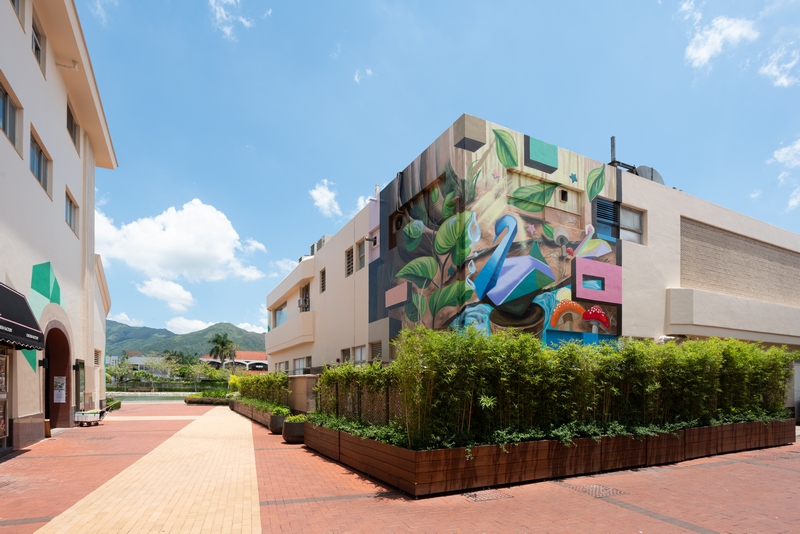
On the tenanting front, Fairland Resources has also made the bold move of adding three new restaurant outlets to increase dining options for customers.
The goal of the refurbishment was always to increase the synergy of the Town Centre’s retail and community spaces. The renovations, which were completed throughout the first half of 2020, have been a success in this regard.
There is no doubt that the renovations have made a difference in convincing customers that the Fairview Park Town Centre is a lively and pleasant environment to spend time with family, and the place will surely continue to thrive as a shopping destination for the community. “Fairview Park is situated at the northwest end of New Territories of Hong Kong, next to the famous Mai Po Wetland. At a distance from the city’s sprawling and densely populated urban district, it is famous for its tranquil environment.”
